This second instalment of King’s fantasy series is much different to the first. The Gunslinger was atmospheric, suggestive and mysterious. It toyed with the idea of insanity and parallel universes, but the reader was never sure where (or when) the reality of King’s fantasy world lay. Rather than a parallel universe, perhaps it was a post-apocalyptic representation of a future America. This was part of the book’s appeal, never happy to settle as one thing, but insisting on being both the Wild West of the past, a failed America of the future and a world guided by the ideals of an Arthurian culture; the quest for the Dark Tower, whatever it was, was also a Grail quest.
This second book lacks much of that, given that what it does is it progresses the plot, makes clearer the nature of Roland’s world and focusses on introducing characters who eventually will be central to the series. There is much to like in this book, but it’s probably not what a reader may like about the first.
In this story Roland gains access to our own world through three doors along the edge of an abandoned ocean. Through these three doors we meet the three characters whose fates are entwined: Eddie, Odetta and Mort, all predicted by the Man in Black at the end of the previous volume. In order to gain the Dark Tower, Roland must gain their trust, or at least, their help.
King uses these characters effectively to draw together the story’s central thematic and moral concerns. When we meet Eddie, he is a junkie who looks likely to be caught trying to smuggle drugs though an airport. Odetta, a black woman who has grown up in the shadow and ugliness of America’s struggle for civil rights, has suffered a terrible accident and lost her legs, as well as her identity in a series of schizophrenic episodes. Finally, there is Mort, a dealer of death, a monster, whose past actions are the lynchpin of the story.
While the novel is less circumspect about the nature of its reality than its predecessor, King still raises issues about sanity and addiction through his new characters. Odetta and Edie echo aspects of Roland’s character; the fractured sense of reality and self his world imposes upon him, as well as the addictive and possibly destructive obsession he has with the Dark Tower which may have already consumed his fellow gunslingers in their quest to find it, like Arthur’s knights of old. Uncomfortably, Mort may even be the shadow that is Roland’s deeper obsessions and violence as our mind is cast back to the massacre in Tull in the first book.
I kept thinking of The Blues Brothers movie as I read this. The connection would not be obvious or logical to many. However, if the first book concerned itself with establishing Roland’s world (akin to Elroy being released from prison, up until the moment when Jake and Elroy are given their ‘quest’ by the ‘penguin’), then this second volume covers the scenes in which the boys ‘get the band back together’. That’s what this story is. It’s a drawing together, to use the title, of the key narrative and character elements for later novels. To that end, some may find it a little unsatisfying as the story hasn’t really started yet, although I thought it was entertaining.
The narrative style is more direct in this volume and pacier. It’s easy to get involved in the story of each of the characters, as well as that of minor characters who fill out the story throughout. Judging from the little I have previously read of King, this volume seems like it might be more familiar to fans of King.

 RSS Feed
RSS Feed Facebook
Facebook Instagram
Instagram YouTube
YouTube Subscribe to our Newsletter
Subscribe to our Newsletter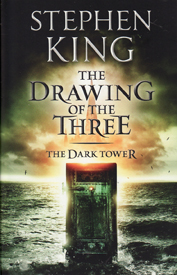

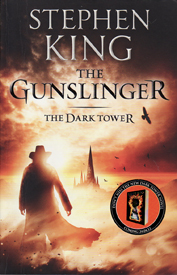

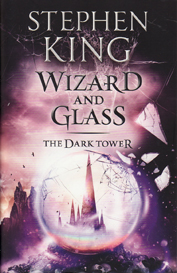
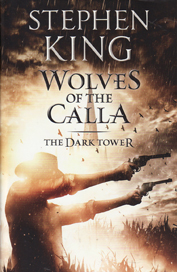
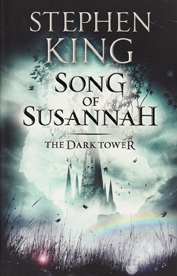
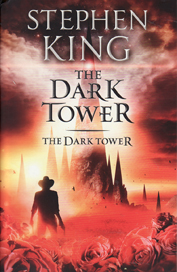



No one has commented yet. Be the first!